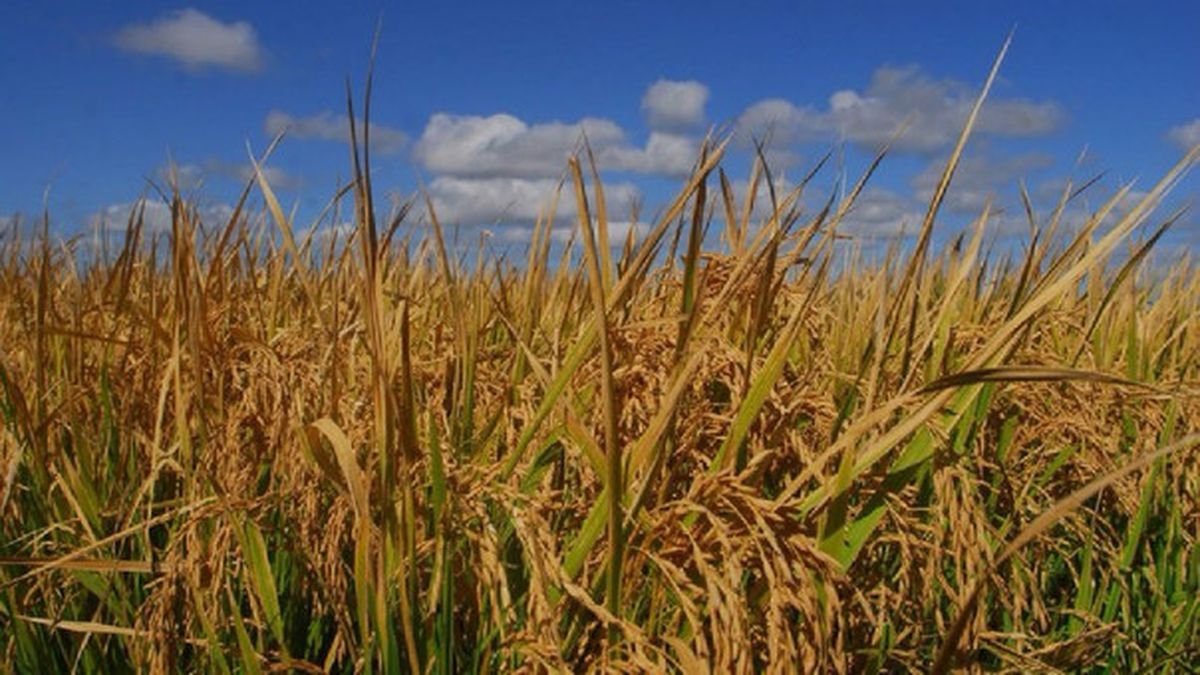In this framework, 31% of the planted rice is in a very good phenological condition; 48% in good condition; 16% considered regular; and the remaining 5% have poor phenological status.
Producers from Entre Ríos reported that the rains caused a favorable change mainly in areas where irrigation is carried out through deep wells, such as in the departments of Villaguay, Colón, San Salvador, Uruguay and Concordia.
Likewise, the water that has occurred during the last few weeks “has not been enough” to reestablish an adequate level in plots irrigated by dams, fundamentally in the departments of Feliciano, Federación and Federal, and in areas irrigated by rivers or streams, such as in the department of La Paz.
In these sectors, “it is not feasible to maintain irrigation permanently,” the stock market entity considered.
The record drought was described as the worst in the last 60 years according to provincial records, and caused “devastating” ecological and economic effects, according to the Cereal Exchange.
The low rainfall and the high temperatures generated a strong decrease in the humidity of the edaphic profile and caused thermal stress for the crops and animals of that province.
Rainfall records for last December in Entre Ríos were among the ten lowest in the last 60 years, and the rains for that month accumulated less than 20 millimeters, six times less than what should normally rain.
Source: Ambito
David William is a talented author who has made a name for himself in the world of writing. He is a professional author who writes on a wide range of topics, from general interest to opinion news. David is currently working as a writer at 24 hours worlds where he brings his unique perspective and in-depth research to his articles, making them both informative and engaging.




